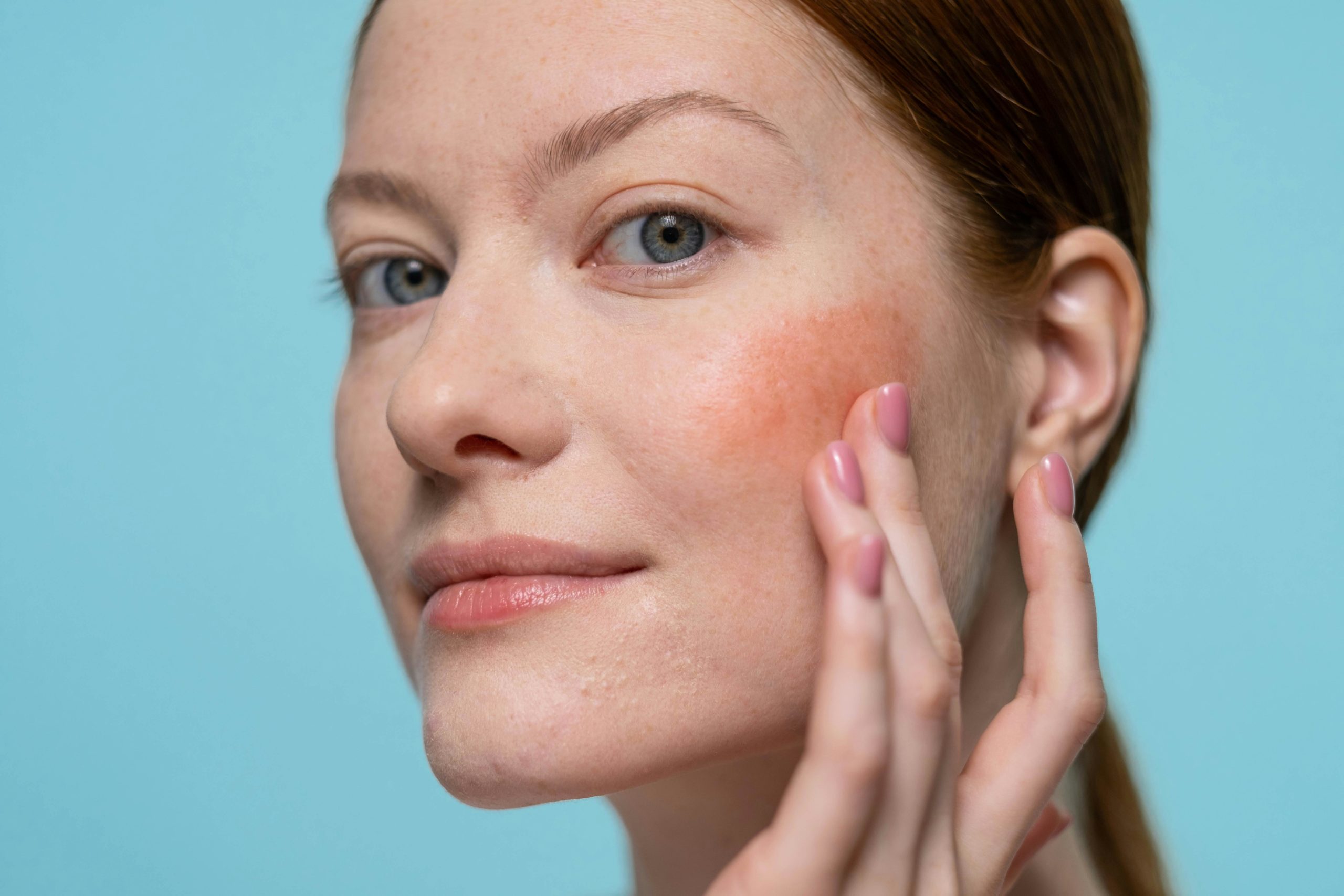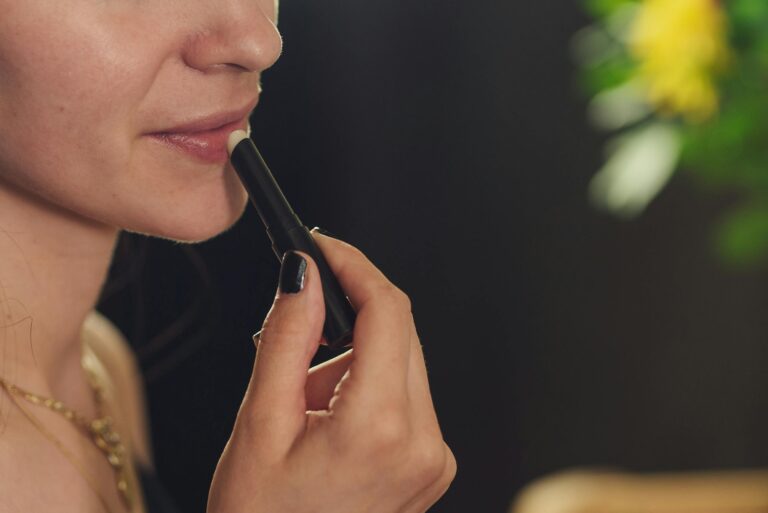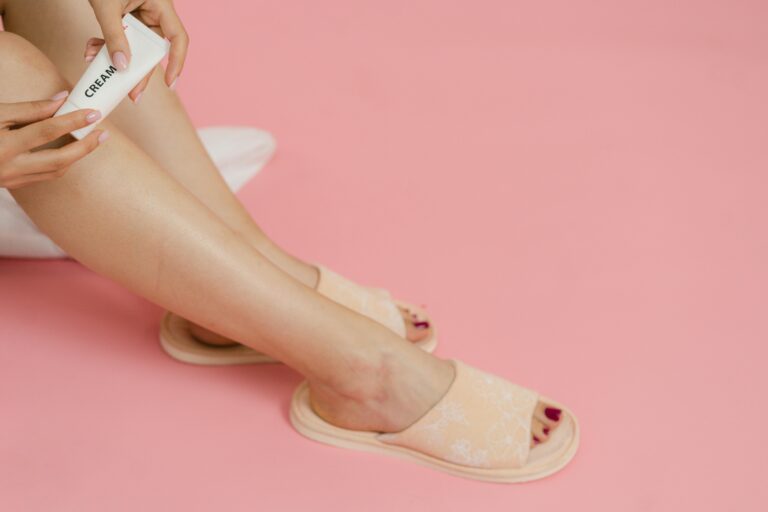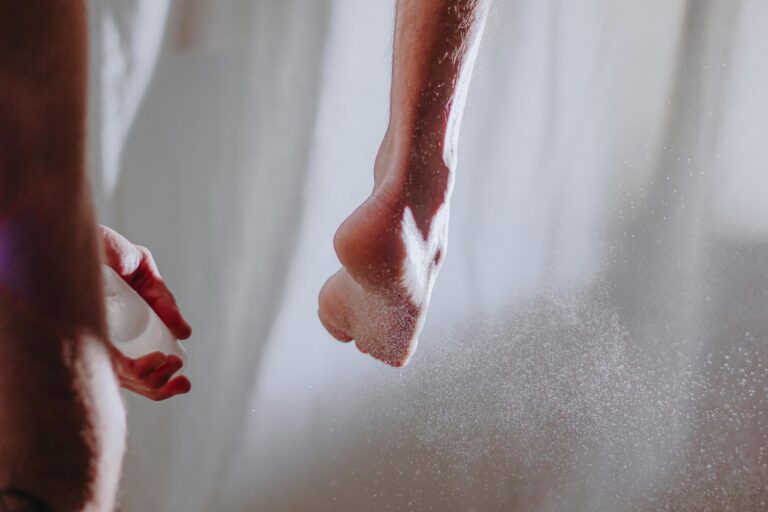Navigating the world of skincare can be overwhelming, especially when faced with pesky pimples and sudden skin changes. Breakouts and purging are two terms often used interchangeably, but they actually refer to different processes that occur within the skin. Understanding these distinctions is essential for determining the best course of action to achieve clear, radiant skin.
In this article, we’ll delve into the differences between breakouts and purging, exploring their causes, symptoms, and how to distinguish between them.
What are Breakouts?
Breakouts are a common skin woe that many of us have encountered at some point. These unwelcome visitors manifest as pimples, blackheads, or whiteheads and can be triggered by a variety of factors, including hormonal fluctuations, stress, diet, and even certain skincare ingredients.
- Causes of Breakouts: Breakouts often arise from an excess production of sebum, leading to clogged pores. Hormonal changes, particularly during puberty, menstruation, or pregnancy, can stimulate the sebaceous glands, making the skin more prone to breakouts. Additionally, external factors like environmental pollutants and comedogenic skincare products may contribute to pore blockages.
- Types of Breakouts: Breakouts come in various forms, ranging from blackheads and whiteheads to inflamed pustules or cystic acne. Understanding the specific type of breakout can provide clues about its underlying cause and guide appropriate treatment.
- Treatment for Breakouts: Traditional acne treatments, such as salicylic acid, benzoyl peroxide, or topical retinoids, are effective for addressing breakouts. These ingredients work by unclogging pores, reducing inflammation, and controlling bacterial growth on the skin.
What is Purging?
Purging is a less familiar but equally perplexing phenomenon. Unlike breakouts, purging occurs as a reaction to certain skincare ingredients that accelerate skin cell turnover. This accelerated turnover brings pre-existing impurities to the surface, resulting in temporary worsening of the skin condition.
- Causes of Purging: Purging is typically associated with ingredients like retinoids, alpha hydroxy acids (AHAs), and beta hydroxy acids (BHAs). These ingredients stimulate cell renewal, shedding old skin cells to make way for new ones. During this process, hidden impurities beneath the skin may surface, causing a transient exacerbation of acne or other skin issues.
- Duration of Purging: Unlike regular breakouts, which may persist for weeks or even months, purging is generally a short-lived phenomenon. It typically occurs within the first few weeks of using a new product and subsides as the skin adjusts to the active ingredients.
- Differentiating Purging from Breakouts: Distinguishing between purging and a true breakout can be challenging. However, a key differentiator is the timing and location of the skin reaction. If new breakouts occur shortly after introducing a new skincare product, especially one known to cause purging, it’s likely a purging response rather than a traditional breakout.
Breakout Vs Purging: Distinguishing Between Breakout and Purging
Distinguishing between a breakout and purging can be challenging, as both can manifest as an increase in blemishes and skin imperfections. However, there are some key differences to consider when determining which is occurring:
- Timing: Breakouts can occur spontaneously or in response to specific triggers, such as hormonal changes or dietary factors. In contrast, purging typically occurs shortly after starting a new skincare product, particularly one that contains exfoliating or renewing ingredients.
- Location: Breakouts can occur in areas where you commonly experience acne or congestion, such as the T-zone or chin. Purging, on the other hand, is more likely to occur in areas where you’re applying the new skincare product, such as the cheeks or forehead.
- Duration: Breakouts may persist for weeks or even months if left untreated, whereas purging is usually a temporary phase that resolves within a few weeks as the skin adjusts to the new product.
Conclusion
In the quest for radiant skin, understanding the distinctions between breakout and purging is essential. Breakouts, driven by a multitude of factors, require targeted treatments like salicylic acid or benzoyl peroxide. On the other hand, purging is a temporary process resulting from the use of specific active ingredients, emphasizing the importance of patience when integrating new products into your skincare routine.
FAQs
Q1: How can I tell if my skin is purging or breaking out?
Pay attention to the timing and location of the skin reaction. If you experience new blemishes shortly after introducing a new product with active ingredients known to cause purging, it’s likely purging. Breakouts, on the other hand, can occur due to various factors and may persist for a more extended period.
Q2: Are there specific ingredients that cause purging?
Yes, ingredients like retinoids, alpha hydroxy acids (AHAs), and beta hydroxy acids (BHAs) are known to cause purging. These ingredients accelerate skin cell turnover, bringing impurities to the surface. It’s important to introduce such products gradually to minimize the purging effect.
Q3: How long does purging typically last?
Purging is usually a short-lived phenomenon, lasting a few weeks. As your skin adjusts to the active ingredients, the purging effect diminishes. If the skin reaction persists beyond this period, it may be a sign of an incompatible product or other underlying issues.
Q4: Can I use the same products during purging and breakouts?
While some skincare products may overlap in addressing both purging and breakouts, it’s crucial to tailor your routine based on specific needs. For breakouts, ingredients like salicylic acid and benzoyl peroxide are effective, while patience and gentle skincare are key during the purging phase. Always consult with a dermatologist for personalized advice.



